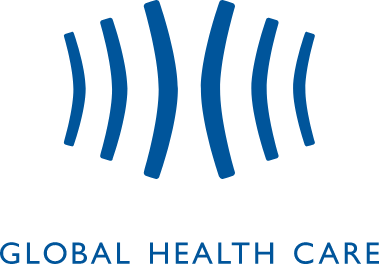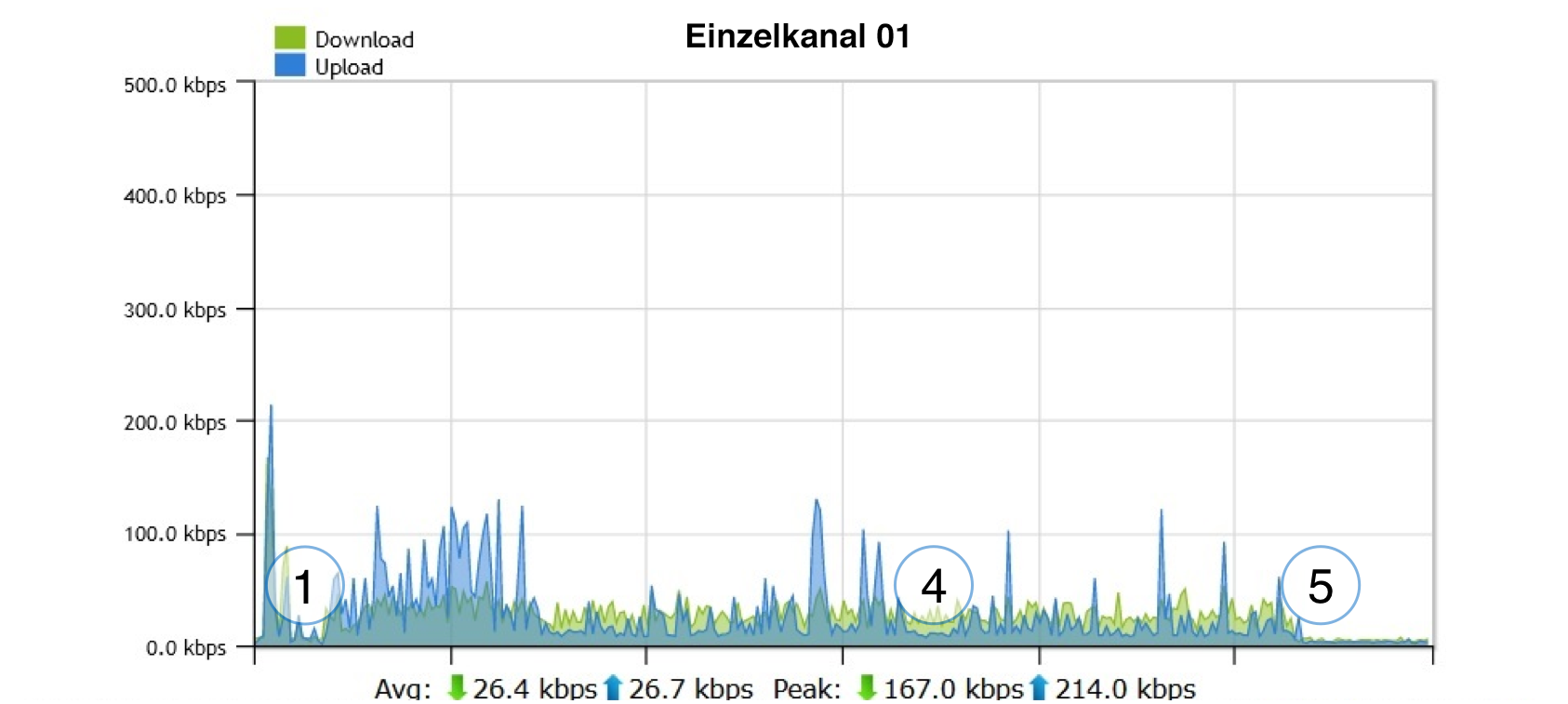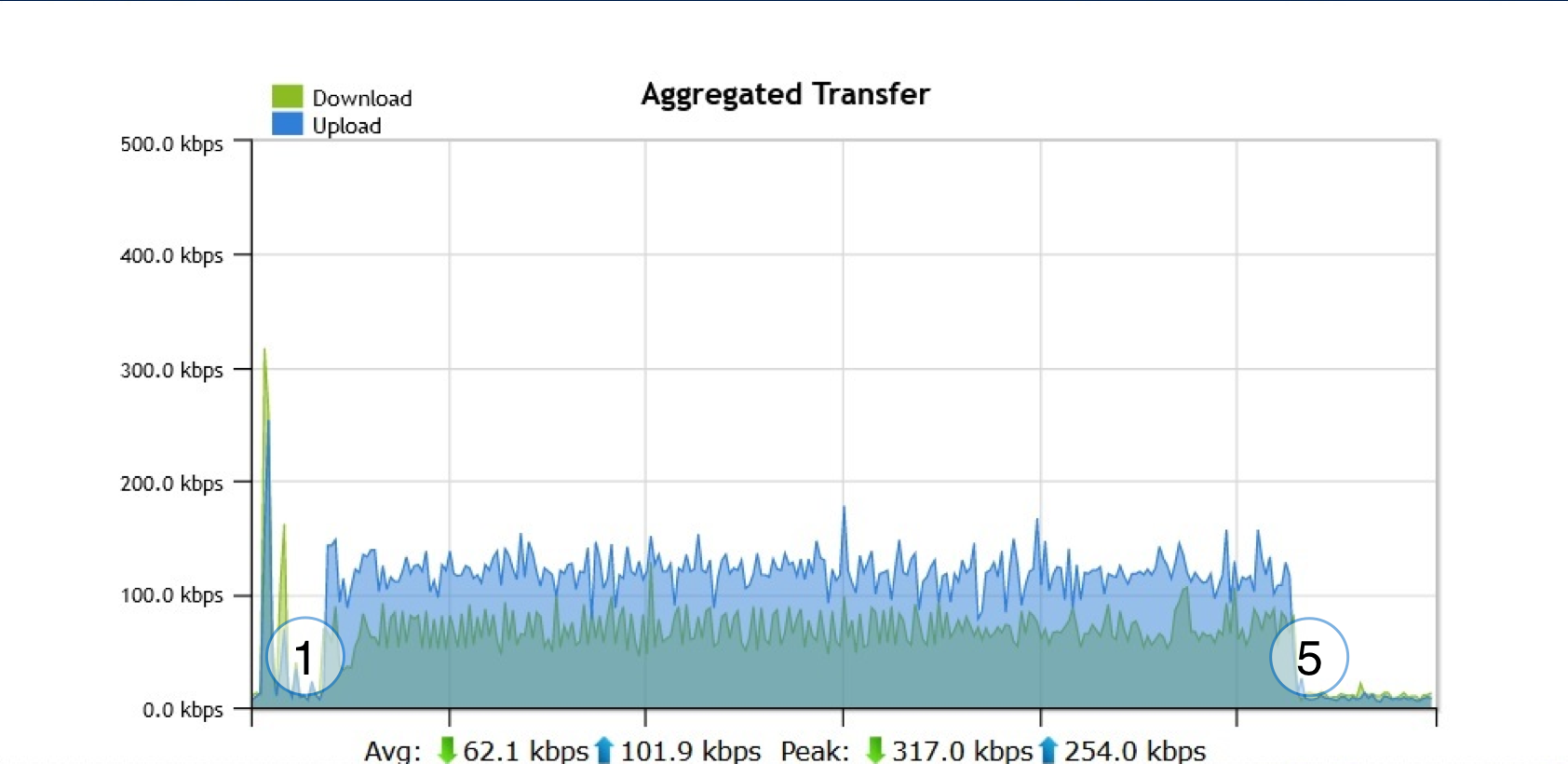Interruption-free telemedicine session
One of the unique selling points of our solution is the uninterrupted execution of the telemedicine session. RescueLink prescribes a minimum quality of data transmission network at which telemedicine operation is possible. In practice, especially in the offshore/maritime sector, in rural areas and in land-based rescue services, network quality varies considerably. To compensate for the effect of this fluctuation, RescueLink’s data transmission module was equipped with extensive control mechanisms. Further measures concern the data transfer network:
- We can supply components for this network, which enable uninterrupted remote treatment through sophisticated technology.
- We offer to work with the client’s IT department to optimise data transmission quality.
- During operation, we can – depending on the network configuration – monitor its quality in order to report or remedy any quality drops.
We use routers that are capable of controlling multiple physical data transmission channels under one logical connection. These physical channels can be a 4G/5G connection, a satcom, a WLAN or even a LAN connection. The routers bundle these channels with similar characteristics. Channels with very different characteristics can be submitted as “fail-overs”. For example, a WLAN connection is used first if the vehicle is within range of a WLAN. If the vehicle leaves the WLAN range, then 4G/5G comes into play; if 4G/5G fails, then the router switches to Satcom. Both the bundling and the switching are done transparently under a single logical link that is used for the telemedicine session between the caregiver/patient in the field and the teledoctor, and in such a way that changes in the physical channels do not noticeably affect the higher-level logical link. So the user does not notice anything.
RescueLink requires a minimum quality of network under which an uninterrupted session can take place.
The effect of bundling is illustrated below.
Single channel 01
The picture opposite shows the achievable bandwidth of an LTE channel during a test. In this test, the applications should use a bandwidth of about 100 kbit/s The test started at point (1) and ended at point (5). The reception was consistently poor. The available bandwidth only covers about x% of the required 100 Kbit/s. At point (4), the bandwidth dropped to about %Kbit/s.
With this bandwidth, a proper telemedicine session cannot be conducted.
Single channel 02
Channel 02 delivers a higher bandwidth, but showed threatening drops at several points, namely at points (2) and (3). With these intrusions, a telemedicine session would most likely be interrupted twice.
Bundle of 01 and 02
The bundled channel has a stable uniform bandwidth equal to the required 100 Kbit/s. The break-ins are not visible. The telemedicine session would be uninterrupted.



